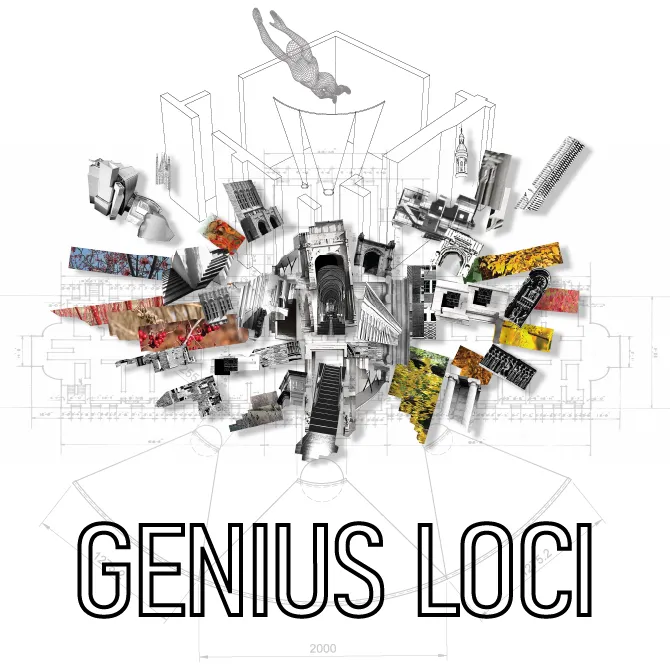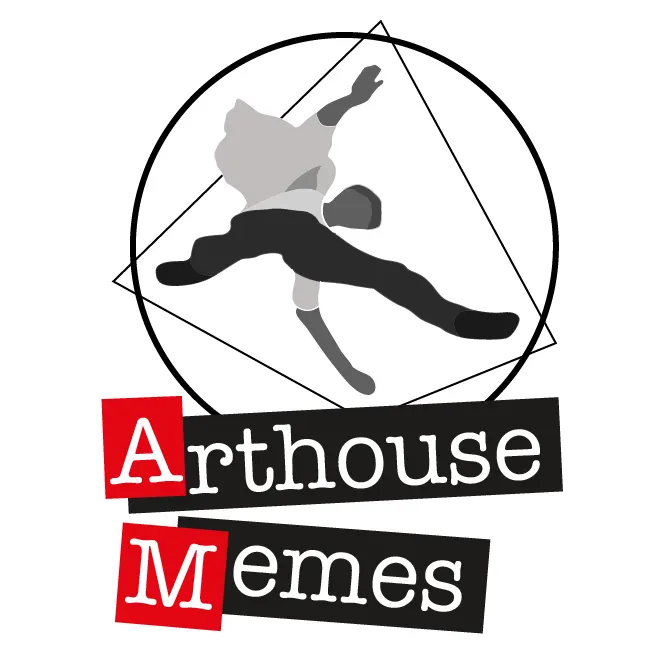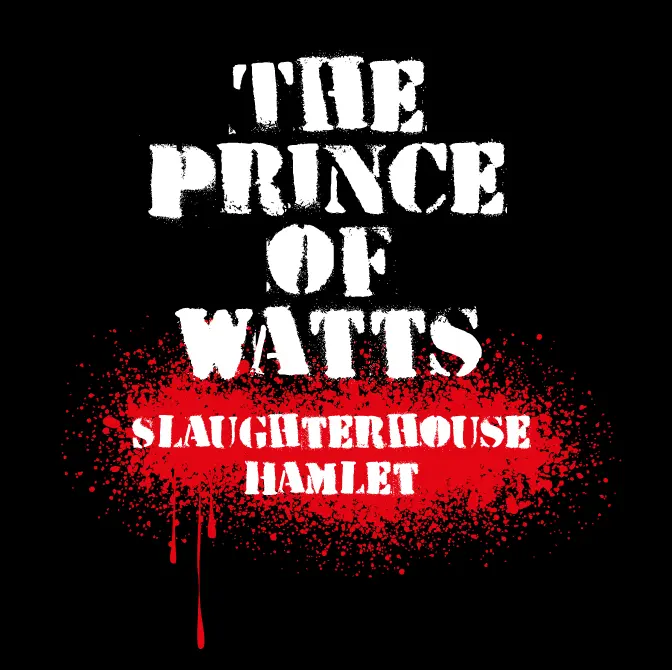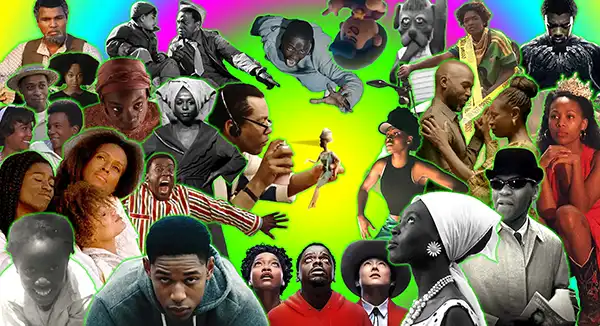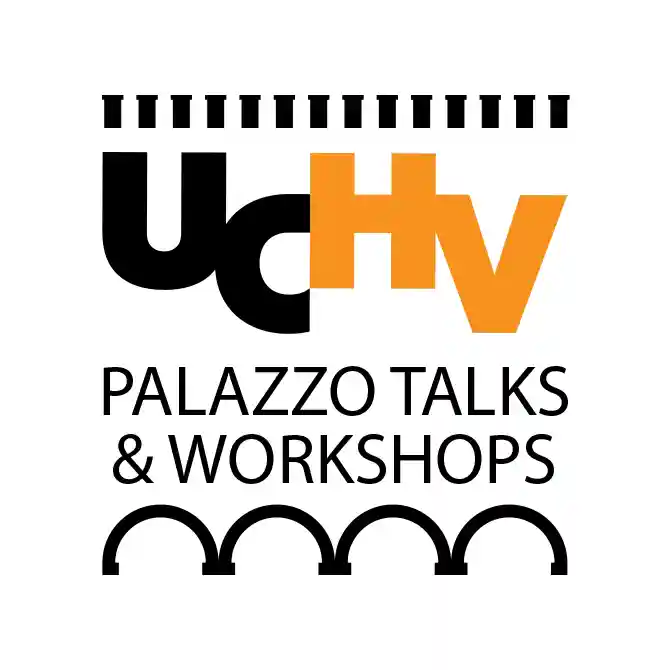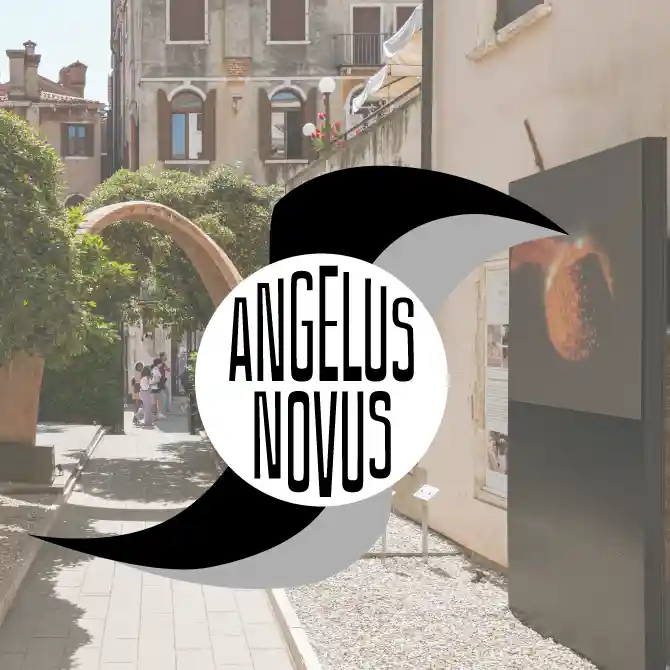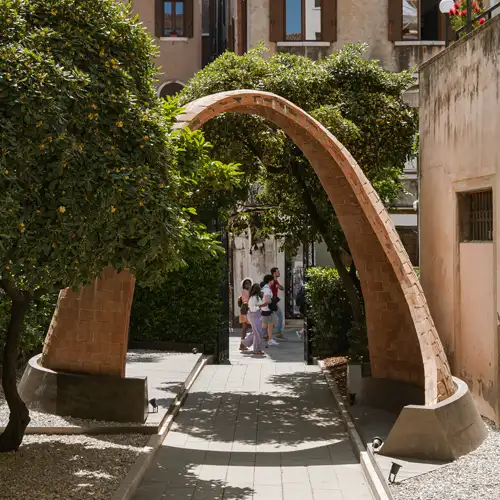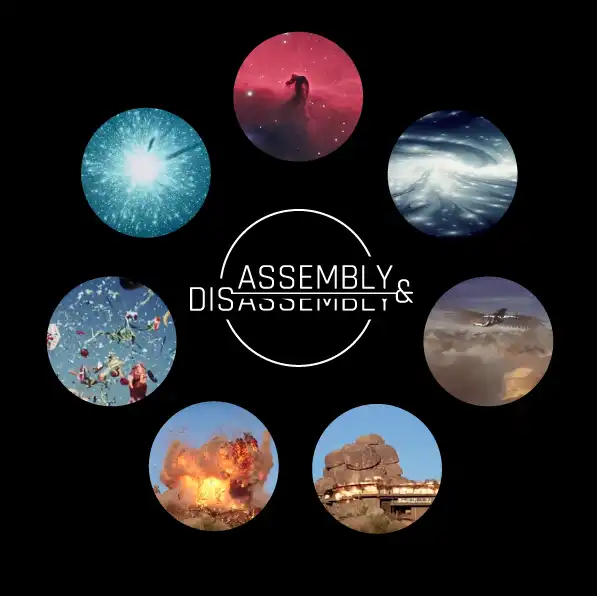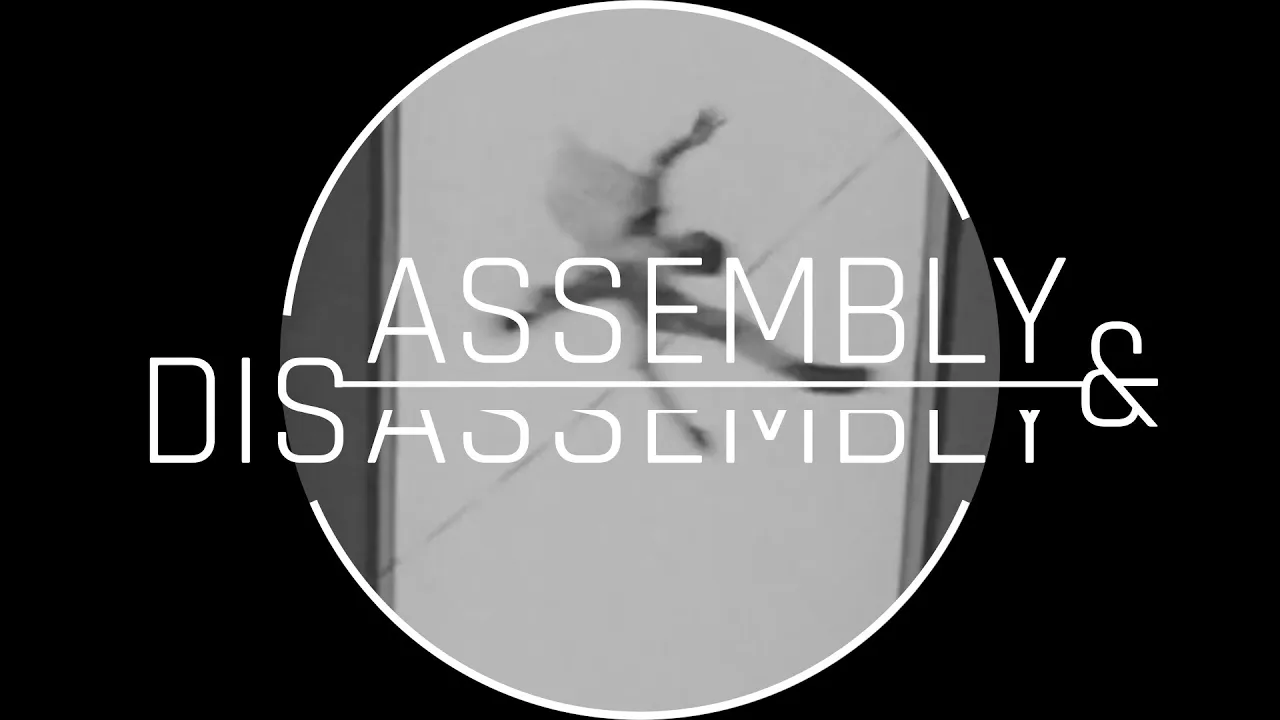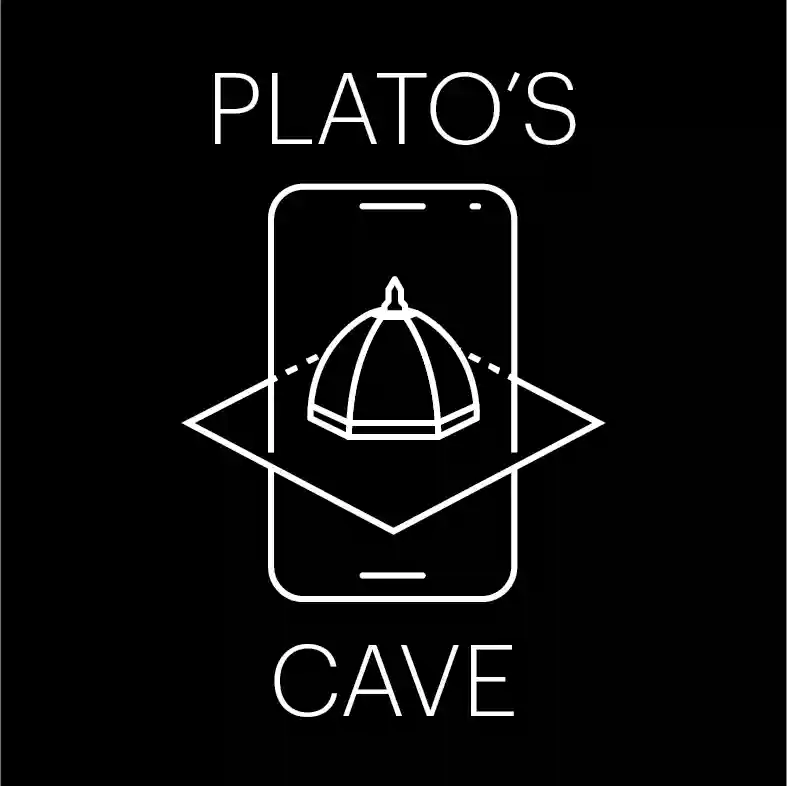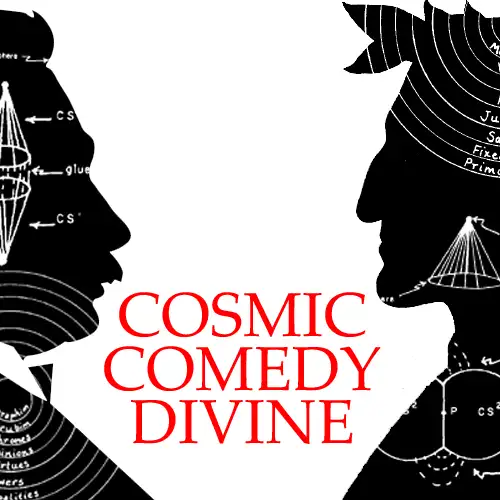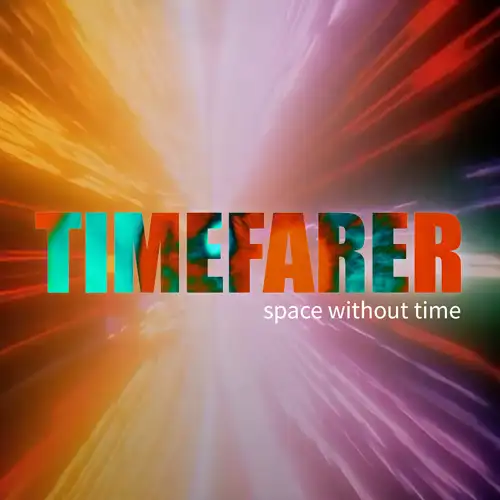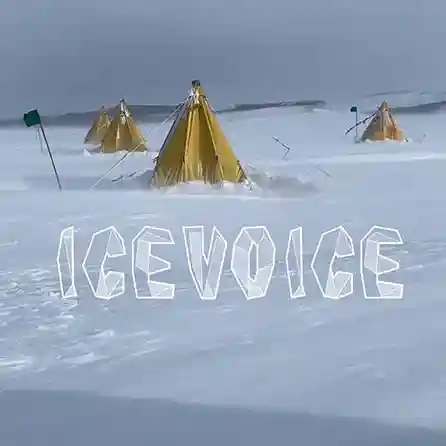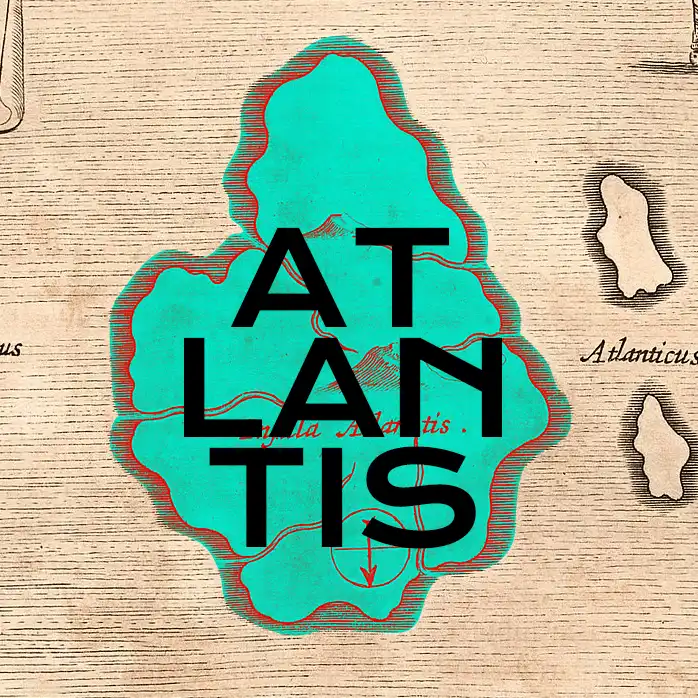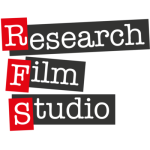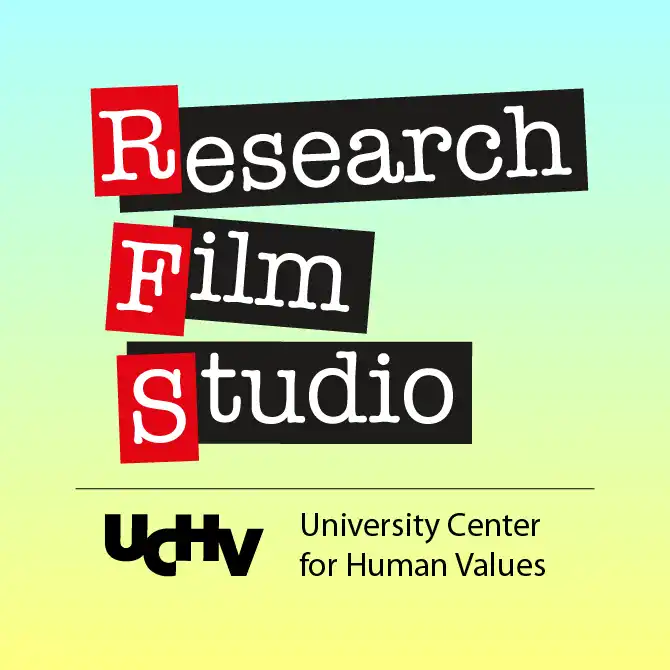In 2018, Erika Kiss, Sigrid Adriaenssens, Chris Tully and John Higgins launched a faculty initiative in Princeton University that recognizes the increasing importance and opportunities of sensory learning, research and teaching through film and digital media. The first projects of the Local Spirit Initiative include co-teaching ‘Environmental Film Studies’ a Princeton course designed by Erika Kiss and the development of short research films and other immersive and mixed media teaching aid. Several award-winning film directors, who visited our campus, advise the faculty group’s filmmaking.
- published
(ECC-Venice Space -Time Existence Architectural Biennale 2025)
A. The Rest Is Weather (Angelus Novus in the Storm of History) immersive video installation (dir. Erika A. Kiss)
B. Genius Loci – individual student home work for Environmental Film Studies
C. Let There Be a Lake! RFS documentary film (collective studio project)
D. hAirchitecture Musical documentary on the vernacular art of hair-weaving (collective studio project)
E. Architecture by Fiat - video installation on the architecture of the Princeton Campus (collective studio Project)
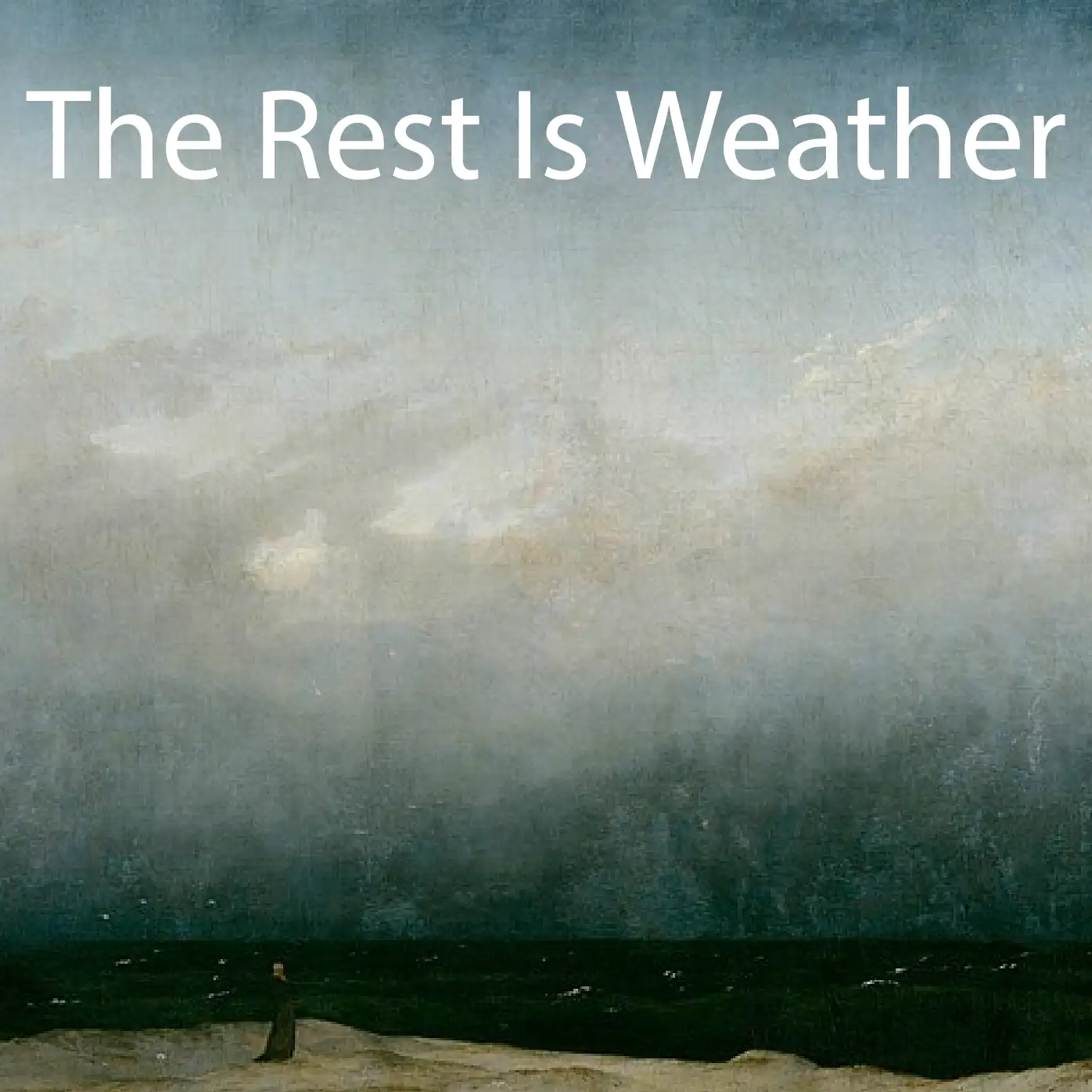
The Rest Is Weather
- in production
A Klee painting named ‘Angelus Novus’ shows an angel looking as though he is about to move away from something he is fixedly contemplating. His eyes are staring, his mouth is open, his wings are spread. This is how one pictures the angel of history. His face is turned toward the past. Where we perceive a chain of events, he sees one single catastrophe which keeps piling wreckage and hurls it in front of his feet. The angel would like to stay, awaken the dead, and make whole what has been smashed. But a storm is blowing in from Paradise; it has got caught in his wings with such a violence that the angel can no longer close them. The storm irresistibly propels him into the future to which his back is turned, while the pile of debris before him grows skyward. This storm is what we call progress.
Walter Benjamin, Thesis on the History of Philosophy
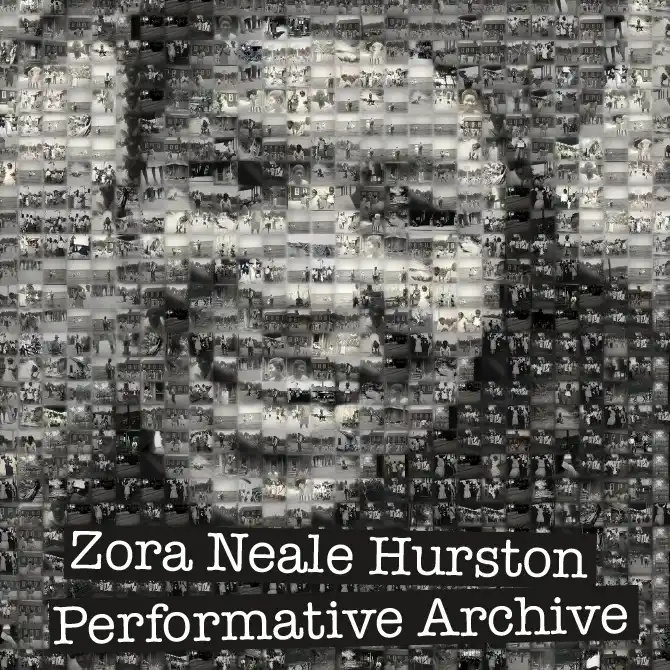
Zora Neale Hurston Performative Archive
- will be co-founded by the Department of African American Studies and the UCHV Research Film Studio
- will take over the curation and further development of the ArtHouse Memes exhibition and the exhibition website. The goal is to keep the exhibition circulating in prestigious museums and keep developing the exhibition website into a learning palace of Black arthouse film that can inform curricula outside of Princeton. The ArtHouse Memes exhibition needs to further develop and improve under the disciplinary care of the Department of African American Studies.
- will curate a critical DVD edition of Zora Neal Hurston’s anthropological research films for educational purposes.
- will do archival research to identify hitherto undiscovered film footage by Zora Neal Hurston
- will publish experimental and short films made by Afro-American underground (such as Pat Hartley) and classics like Charles Burnett, whose short films should be collected and released in the DVD format for teaching.
- will release a DVD boxset of the Princeton Canon of Black Arthouse Films - with the films taught in the Princeton course Hidden History of Hollywood.
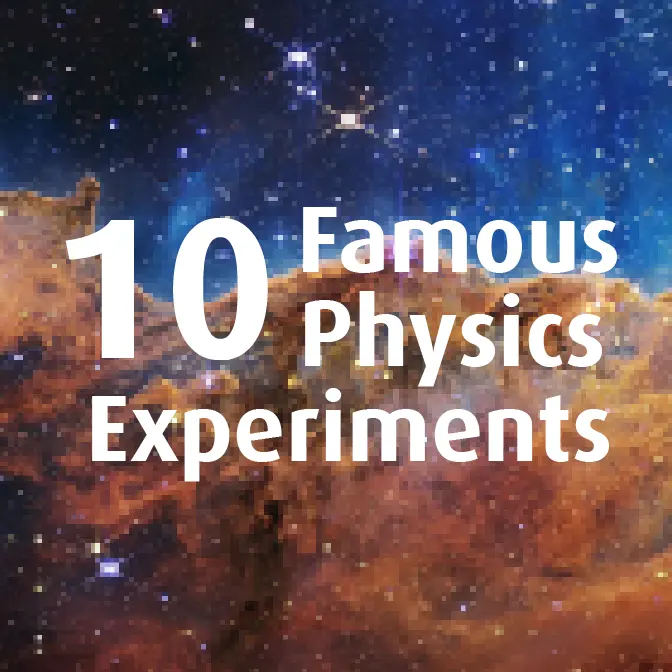
10 Famous Physics Experiments
- in production
More info will be available soon ...
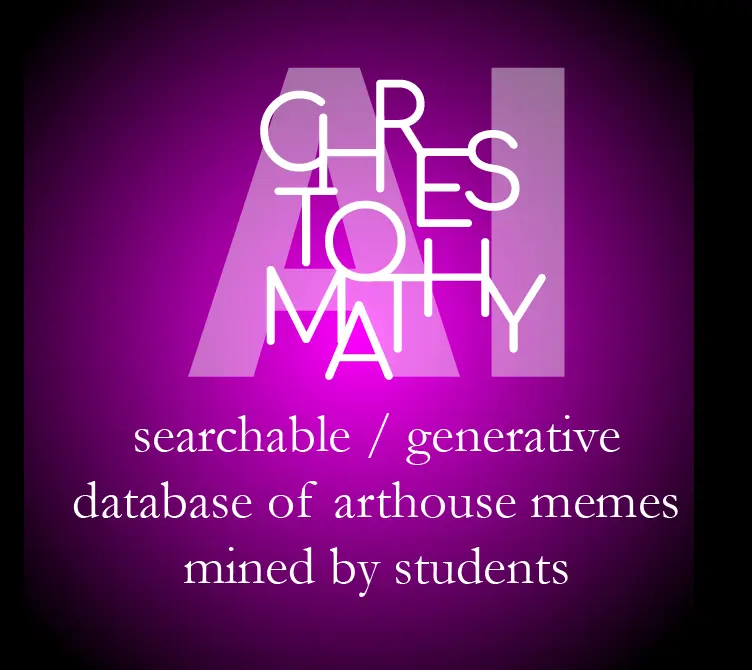
AI Chrestomathy
- in production
Searchable / generative database of ArtHouse Memes, mined by students
- published
ArtHouse Memes is created by the UCHV Research Film Studio of Princeton University for the European Cultural Center Exhibition at the 2024 Art Biennale in Venice, which runs from May to November of 2024 and attracts hundreds of thousands of visitors.
- published
The fusion of Burnett’s Killer of Sheep and Shakespeare’s Hamlet is adapted for multiangled screens by Erika Kiss with original music by Olivier Tarpaga. The multidimensional adaptation from the 2D film screen subverts the conventional single fixed-point perspective and the hierarchy it enforces between spectators and the object of their fixed gaze. The immersive cineplay simulates the internal space in which the mind’s eye imaginatively transforms the 2D perception captured by the physical organ of the eyes into a volumized and dynamized space and time continuum that looks back at the mind’s eye from everywhere.
UCHV Palazzo Talks & Workshops
The Palazzo Talks & Workshops are co-organized by the European Cultural Center-Italy, a parallel exhibitor of the Venice Biennale, and the University Center for Human Values, Princeton University. The collaboration with ECC-Italy started with exhibitions and screening by the UCHV Research Film Studio & Film Forum. The intellectual retreat in Venice provides an opportunity for professors from different academic fields to engage with the cinematic oeuvre of Afro-American auteurs introduced in the ArtHouse Memes exhibition created by Erika A. Kiss and her Princeton students. ArtHouse Memes has already been viewed in Venice by hundreds of thousands of people since its April opening and can be seen until November 24 in Palazzo Mora. The exhibition is based on Kiss’s Princeton course Hidden History of Hollywood . The films studied in class are transformed by students into new video art and video essays. The participants of the 1st Palazzo Talks will be able to stream the six films chosen for informal discussions from this website soon.
- published
The Angelus Novus Project, a collaboration of Princeton’s Form-Finding Lab, UCHV’s Research Film Studio and the architecture firm SOM, has won the European Cultural Centre’s University Innovation Award. A total of 217 projects were presented at the Centre during the Architecture Biennale, which runs from April to November, involving talents from over 52 countries.
Since 2010 this prize is awarded by the European Cultural Centre and named the ECC Award. The ECC will give this Award each year to an artist, architect, designer who is dedicated to his or her concept over a longer period of time and whereby this concept and the execution thereof is in our opinion of significant meaning. The ECC has also established an Award for Institutions which do their utmost best to promote the research and work achieved by their students.
- published
Inspired by Brunelleschi’s dome of the Santa Maria del Fiore and Klee’s artwork Angelus Novus, the Form Finding Lab and the UCHV Research Film Studio of Princeton University, together with architects and engineers at Skidmore, Owings & Merrill (SOM), present an exhibition that explores new possibilities for the self-balancing vault—a construction method that has enabled centuries of architectural innovation. In the garden of Palazzo Mora, the Angelus Novus Collaborative displays a self-balancing masonry vault constructed using augmented reality (AR), and a digital film-fresco that is viewable in two ways: on an LED panel, and on the vault itself via an interactive AR application.
In self-balancing vault construction, the balancing emerges from the local interactions between the bricks without any external support, even during the process of assembly. This invention was prompted by the 1418 architectural competition that stipulated that the vaulting of the main dome of the Florence Cathedral should have no supporting buttresses. Brunelleschi, the winner of the contest, went even further: his engineering solution eliminated the need for the expensive, temporary external supports traditionally used in masonry construction during the settling of the mortar.
- published
The film-fresco entitled “Assembly & Disassembly” visualizes the analogy between architecture and the architectonic language of the universe, transforming NASA images and arthouse film clips. The film-fresco is also mapped onto the bricks of the vault so that the same interactive AR technology that was used to aid the masons in construction can guide the visitors’ imagination in the virtual construction of a full dome.
- published
Standing under the center of the Angelus Novus Vault in the garden of Palazzo Mora in Venice while holding up a mobile device equipped with the Plato’s Cave App, one can see the inside of Brunelleschi’s dome of the Santa Maria del Fiore. The inside of the augmented reality dome is “painted” with the animated mashup of the original Vasari fresco depicting The Last Judgement and Kiss’s Assembly/Disassembly. The augmented reality experience via the Plato’s Cave App reveals the coincidence of the self-balancing architectonics in Brunelleschi’s curved space engineering, in Vasari’s vision of Dante’s non-Euclidean, spherical cosmology and in the perfect moral balance of The Last Judgement.
- in development
“The belief that the universe as a whole might be round (or more generally, curved) is a much more recent one. It seems to require mathematics of the 19th century (non-Euclidean geometry) even to formulate the notion. It is therefore a considerable surprise to find, on closer reading, that Dante’s cosmology as not a simple geometrically as it first appears, but actually seems to be a so-called “closed” universe, the 3-sphere, a universe which also emerges as a cosmological solution of Einstein’s equations in general relativity theory.”
Mark Peterson: Dante and the 3-sphere in American Journal of Physics, 1979/12/01
Work in progress
A circa 50-minute full-dome research film using telescopic NASA images and original animation in the style of Kiss’s Assembly&Dissassembly (2023) to capture Dante’s non-Euclidian 3-sphere cosmology that physicists liken to Einstein’s general theory of relativity.
- in development
A Virtual Reality (VR) rendering of Kubrick's time-travel sequence from his "2001: A Space Odyssey”. Kubrick’s epic film gave us the first image of Planet Earth from an out of space perspective – a whole year before the analogue photo from Apollo 11 – showing that art can train imagination to advance knowledge by priming our cognition to take in the unexpected and unfamiliar that science discovers, and technology delivers. This is also the first film to give us a representation of Einstein’s theory of relativity: a very inspiring (some say psychedelic) sequence of time-travel that takes us back to the beginning of the universe. We will project the circa 10-minute sequence into a full-dome screen and record it with the 360-degree camera available in PU's Studio Lab. The VR film will be able to be viewed via headsets and can be used for educational purposes. We hope to learn the ropes of immersive filmmaking and maybe even reinvent the technology while figuring it out from scratch. The VR rendering of the time-travel sequence is an opportunity to extend beyond the limitations of the original film. Our short research film will be an ideal starting point for conveying a sense of the notion of a space without a sense of time and other complex ideas about the fundamental physics of the universe as well as the Big Bang.
- in development
In this short film we're following a molecule of air (carbon dioxide) as it is transported around the world 3 million years ago, before it ends up in Antarctica and gets trapped between snowflakes and buried. This molecule of air is buried under kilometers of ice until today, when this air being drilled out in an ice core by scientists as a window into what the Earth was like 3 million years ago.
- in development
The Atlantis Project is a new Princeton faculty collaboration across disciplines.
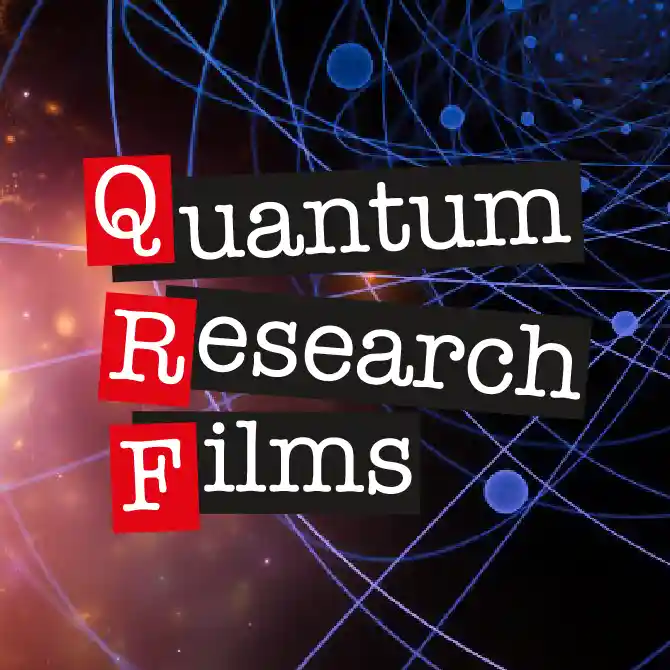
Quantum Research Films
- in development
The research filmmaking exercises provide the students with concrete immersive experiences on which might form their choices for future research, augment the students’ experience and provide the highest level of assisted learning. Cognitive competence for quantum thinking can be educated by finding new strategies of representation and expression via 360-degree, immersive filmmaking from an environmental perspective in a radical break with the classic single fixed-point of view and tangible-object fetishism habitual to the mind. Making quantum research films enable students to use their imagination counterintuitively, so that the mind can adjust to the extreme conditions of quantum systems of non-tangible relationality and to non-directional spatial-temporal conceptions.
